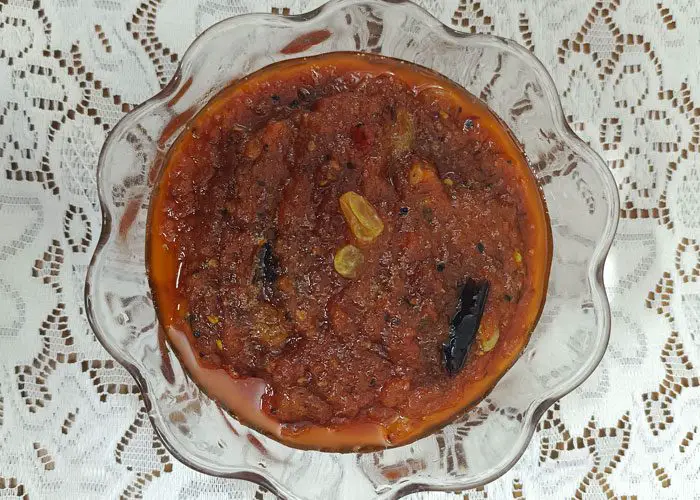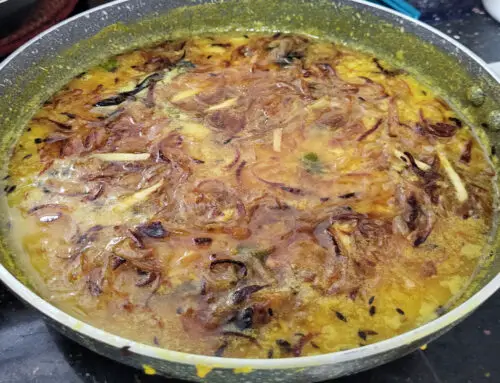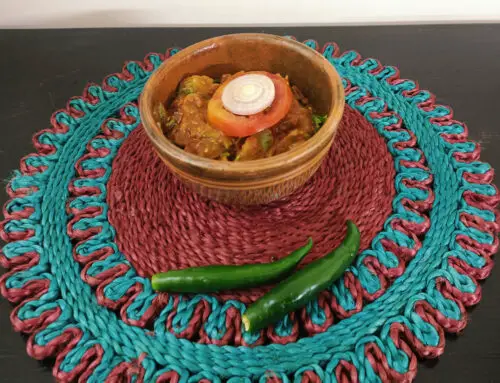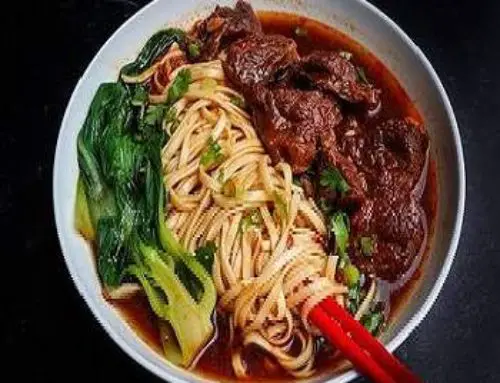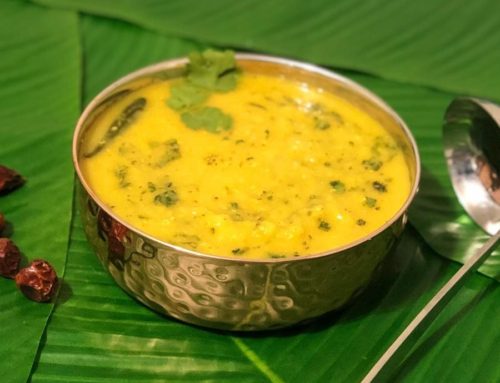Tomato Prune Chutney Recipe
This is not the only tomato chutney in Moni dadi’s recipe diary, but it certainly is the more interesting one. The other recipe is of Tomator Tok/Tomato Chutney, a recipe you can make with or without prunes, that is up to you. This recipe, as the name suggests, relies heavily on prunes. But the main ingredient, and differential factor from the other dish, is not prunes – it is Panch Phoron.
I love the word Chutney, it is just such a fun word to say. The English translation stands for “sauce”, but in Bengali cuisine Chutney does not fall under the umbrella of being a sauce. You could call it a kind of pallet cleanser, or even a desert item. Chutney, be it made of tomato, or mango, or anything, is usually served after the main course. It’s a sweet, sour, savory dish that just does well to finish the meal. There are digestive benefits for eating sour food as well, but who is really eating Chutney for its health benefits?
Even though I am not a fan of most Chutneys. Tomato chutney is something I quite enjoy. And as I was saying, Chutney is a fun word and the dish itself is some fun to eat. Not just in terms of flavor, the process too. For those of who do not know, we Bengali people eat with our hand, most without any spoons or forks or other cutleries. Now I personally always use a spoon to have chutney, because it is a liquid-ish dish, why would anyone not use spoons for it. But many people use their hands. And I believe the Bengali name “Chutney” comes from this process. Because Chutney means some food you can consume by licking.
Chutney, as I mentioned, is usually served after the meal. But you can also have it with bhaat (boiled rice), it is a very different taste to experience. Mostly bhaat is consumed with curries that are spicy or hot. But chutney is neither, it’s sweet and sour. So eating bhaat with chutney is something I would recommend trying.
Now there is nothing much to say about tomatoes. You all know what it is, what it tastes like. But as I said, Tomato Prune Chutney is not a sauce. So if you think that the taste, or look of the dish will be anything like that, then get that thought out of your head. But the dish will appear depending on how you put the tomato in. Tomatoes chopped into big pieces will take time to melt, and in most cases will not melt fully. So a Chutney with chopped tomatoes will be chewier. While smaller pieces of tomatoes will melt much easier, with only the skin being left as the chewy part. I do not know if you can make the chutney using tomato paste. If using tomato paste is an acceptable method and you have done it, please let me know how it tasted.
Adding prunes to the chutney adds the unique tangy and sweetness of prune in the chutney. The flavor of tomato still keeps the center stage, but prune does a good job as a side flavor. Now the thing is, the Bangla for prune is “Alu-Bokhra”. Alu means potato and I don’t know what Bokhra means. So I cannot figure out why prunes’ names would be related to potatoes. Again if anyone knows the answer to this, please leave a comment. And I should mention that I usually leave out prunes from any dish I am eating. Even in the chutney I did not try the prunes. So I can’t exactly say what the prunes taste like with all this flavor.
Finally, the spice I hyped up in the beginning, Panch Phoron. Unlike other spices that have a hot flavor, Panch Phoron has a mildly bittersweet, warm taste. And the distinct smell of Panch Phoron usually overpowers other ingredients. Panch Phoron is a mix of five different spices, fenugreek seed, nigella seed, cumin seed, black mustard seed and fennel seed. The proportions are adjusted by the cook to gain the desired flavor.
Ingredients
- 2 cup tomato paste
- 15 ps prune
- one handful of raisins
- five season spices
- dry chili
- oil
- 8-10 tsp sugar
- 2 tsp lemon juice
- 1 tsp cumin powder
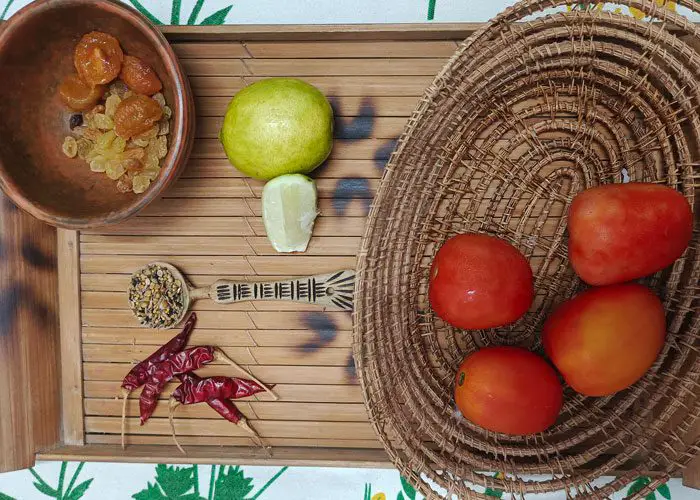
Instructions
- Firstly add some oil into a pan and add tomato paste, prune,raisins, five season spice, and dry chili.
- When it comes to a boil add sugar and stir it.
- Next add lemon juice into the ground mixture.
- Lastly add cumin powder to it.
- Ready to serve.

